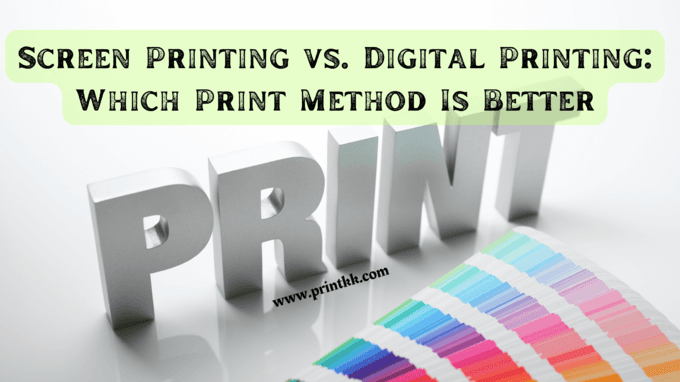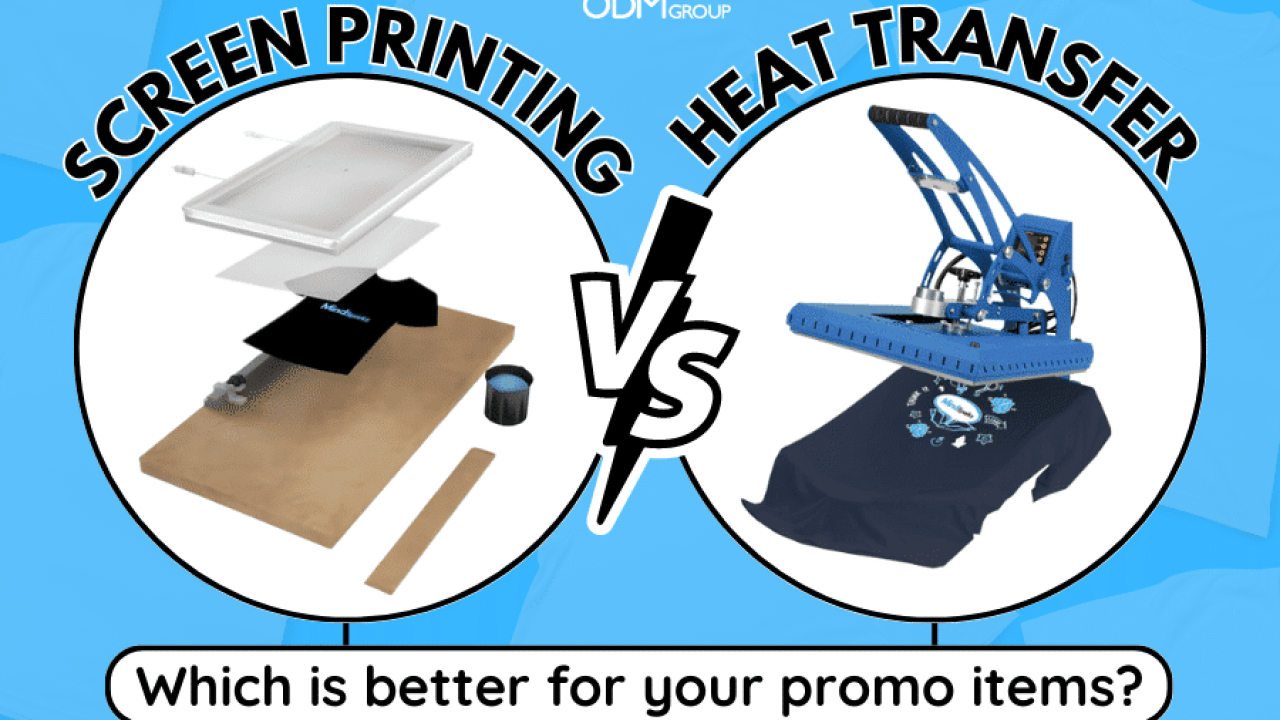Some Known Factual Statements About Tx Tees
Table of ContentsHow Tx Tees can Save You Time, Stress, and Money.All About Tx TeesThe Best Guide To Tx TeesSome Known Details About Tx Tees What Does Tx Tees Do?Excitement About Tx TeesTx Tees Things To Know Before You Get This
Include up other prices, like the number of energies it takes to run the store and the expense of ink and emulsion per layout. Take the print below.The solution needs to only be a few cents considering that you 'd just need to coat one display for this task. Just how much should you bill per shirt to make an earnings? Typically, printers try to make up to 45% revenue on a print job. Right here's a table to aid you determine that: complete price per product percent of wanted earnings as a decimal (instance:.25 or.45) earnings made per thing per work Now allowed's talk concerning the profitability of DTF.

With DTF, you can print a handful of tee shirts, or simply one. Both screen printing and DTF have their specific niches in the world.
The 9-Minute Rule for Tx Tees
The ideal means to know? Ask around and see what printing shop like yours are doing. embroidery shop. Attempt both out and see which you like much better
When you're choosing what sort of printing technique to utilize for printing your artwork layouts on your garments, it is very important that you know the distinctions between these two methods so you can optimize results while decreasing prices. Screen printing is one of the most typically made use of strategy for printing styles on fabrics.
DTG printing is additionally called place or direct to garment printing due to the fact that it publishes only what is needed rather of making a screen as display printers do. https://txtees02.mystrikingly.com/. Display printing functions by screen filler squeegee display printing ink screen mesh display, then moving the picture to garment making use of warmth and/or pressure
The DTG printer uses unique dye-sublimation inks that are used right into a pre-designed picture by an electronic printing system. The inks enter into the fabric, enabling dynamic shades and remarkable detail. It's additionally known as area or straight to garment printing due to the fact that it prints just what is required as opposed to making a display as screen printers do.
Tx Tees Things To Know Before You Get This
It's much quicker - you can publish a fullcolor photo in mins, as opposed to hours for screen printing. Second, there's no established up time or expenses entailed - you can print any design you such as, without having to produce a display. Third, there's no waste - since screen printers display print one layout at a time, they have to screen each shade separately.
The paper is very pricey and can just be made use of as soon as. Once it's published on, it needs to be thrown out. - The preliminary purchase price is reduced than the ahead of time financial investment of DTG printers- You can print multi-color designs one display each time rather than needing to publish each color separately like DTG printing.

Tx Tees - The Facts
Nonetheless, instead of using screen mesh as screen printers do, dye sublimation printers make use of laser modern technology to transfer your photos onto garments or paper. A warmth procedure transfers the color from its solid-state straight right into the gas phase which subsequently integrates it onto textile substratums when they are quickly heated to high temperature levels under high pressure.
Sublimation printing is eco-friendly. It makes use of much less water than screenprinting, and since it does not involve making use of hazardous solvents, it's secure for all kinds of clothing. The dye sublimation inks are additionally odor-free when cured, unlike screen printers that make use of damaging chemicals throughout the screen printing process that leave an unpleasant smell.
They also save cash on costly devices like direct exposure units given that dye sublimation printers don't require a UV direct exposure unit or a flash treatment oven that is usually used in screen printing (embroidery shop). What is direct to garment printing (DTG Printing)? DTG printing is a digital screenprinting procedure that prints directly onto textile utilizing specialized inkjet printers
An Unbiased View of Tx Tees
DTG printing provides several advantages over conventional screenprinting, including the capacity to publish photo top quality photos, higher color vibrancy, and the capability to publish styles on darker fabrics. DTG printers function by warming the textile ink till it becomes a gas. The gas after that permeates the fabric, bonding with the fibers to develop a long-term print.

Screen printers simply prepare their screen then start printing until they run out of product or ink.- There is a variety of knowledgeable display printers around the world, which can be handy for beginners. - It's a slower procedure - display printers usually need to await the ink to dry before they can publish the following shade- Screen printers need hands-on labor, so there's a greater discovering curve and it takes longer to produce a top notch style- Display printing isn't as accurate as DTG printing, so you may get some "bleeding" of colors from one part of the photo onto an additional otherwise done appropriately.
9 Simple Techniques For Tx Tees
Rather of utilizing display mesh as screen printers do, color sublimation printers use laser modern technology to transfer your photos onto garments or paper. A heat procedure transfers the color from its solid-state directly right into the gas phase which subsequently fuses it onto textile substrates when they are rapidly heated up to high temperatures under high pressure.
Sublimation printing is environmentally friendly. It utilizes less water than screenprinting, and due to the fact that it doesn't involve using damaging solvents, it's risk-free for all kinds of apparel. The color sublimation inks are likewise odor free when healed, unlike display printers that use unsafe chemicals during the display printing process that leave behind an undesirable smell.
They also conserve cash on costly devices like direct exposure devices because color sublimation printers don't need a UV direct exposure device or a flash cure oven that is typically used in screen printing. What is straight to garment printing (DTG Printing)? DTG printing is an electronic screenprinting procedure that prints directly onto material making use of specialized inkjet printers.
Some Known Questions About Tx Tees.
DTG printing provides numerous benefits over standard screenprinting, including the capability to print photographic quality images, greater color vibrancy, and the capability to print designs on darker fabrics. DTG printers function by heating the fabric ink till it develops into a gas. The gas then permeates the fabric, bonding with the fibers to produce a permanent print.